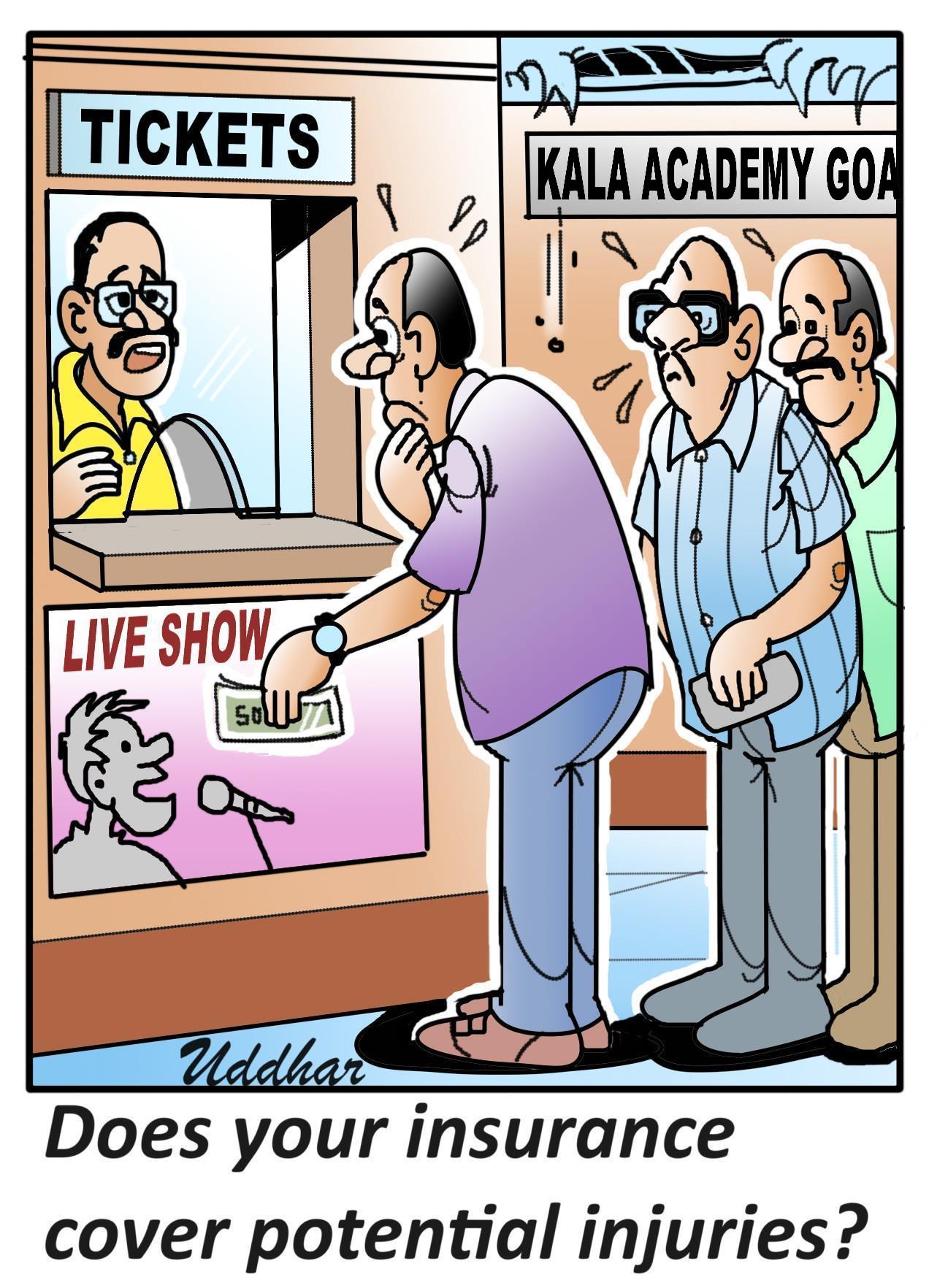21 Feb 2019 | 05:51am IST
Ensuring lasting change for children
Shanti Maria Fonseca
While we try to teach our children all about life, our children teach us what life is all about. Children are the world’s most valuable resource and its hope for the future. With 472 million children in India below the age of 18 years, we stand home to the second largest child population in the world.
According to a recent UNICEF report 1 in every 3 child brides in the world is a girl in India and 1 in 4 children of school going age is out of school in our country. Over the last decade, crimes against children in the country have increased fivefold.
According to the National Crime Record Bureau, everyday, around 150 children go missing in India – kidnapping and abduction is the largest crime against children in our country. Fear of failure in examination is the second highest cause of suicides in children. UNICEF uses the term ‘child protection’ to refer to preventing and responding to violence, exploitation and abuse against children – including commercial sexual exploitation, trafficking, child labour and harmful traditional practices, such as child marriage. The issue of child protection is a complex subject and needs a comprehensive and multi-pronged approach.
Children are more vulnerable than adults should they be left to live under adverse conditions. Naturally they are more affected than any other age group by the actions or inactions of the state. In order to reach out to all children, particularly those in difficult circumstances, the Ministry of Women and Child Development (MWCD) stresses that child protection is not only a collective and composite responsibility of the MWCD but all other sectors have also a vital role to play. Therefore, Integrated Child Protection Scheme (ICPS) is implemented as a Government – Civil society Partnership under the overarching direction and responsibility of the Central and State Governments. The Scheme is working closely with all stakeholders including government departments, the voluntary sector, community groups, academia and most importantly, families and children to create protective environment for children in the country. Its holistic approach to Child Protection services and mechanisms is reflected in strong lateral linkages and complementary systems for vigilance, detection and response. The scheme visualizes a structure for providing services as well as monitoring and supervising the effective functioning of the Child Protection system.
To decisively affirm government’s commitment towards adopting rights based approach to address the continuing and emerging challenges in the situation of children, the government of India drafted the National Policy for Children (NPC) in 2013. The policy reiterates its commitment to safeguard, inform, include, support and empower all children within its territory and jurisdiction, both in their individual situation and as a national asset. The Integrated Child Protection Scheme (ICPS) has significantly contributed to the realisation of Government/State responsibility for creating a system that will efficiently and effectively protect children. Based on the Cardinal Principle of “Protection of Child Rights” and “The Best Interest of the Child”, ICPS is designed to the objectives of NPC – viz to contribute to the improvements in the well-being of children in difficult circumstances. The ICPS is also to reduce children’s vulnerabilities to situations and actions that lead to abuse, neglect, exploitation, abandonment and their separation from families.
90% of children are born into poverty. They are exposed to disease such as malaria, polio, tuberculosis and Aids. They live in fear and famine with a very low life expectancy. Child protection is about protecting children from or against any perceived or real danger or risk to their life, their personhood and childhood. It is about reducing their vulnerability to any kind of harm and ensuring that no child falls-out of the “social safety net” and those who do, receive necessary care, protection and support with the intent to bring them back into the safety net. While protection is a right of every child, some children are more vulnerable than others and need special attention. While the government accords special recognition to these children, it is imperative to ensure that all other children also remain secure and protected. This is because Child protection is integrally linked to every other right of the child. Failure to ensure children’s right to protection adversely affects and negates all other rights of the child.
The UNICEF based in Maharashtra has expressed its willingness to join hands with the Department of Women and Child (Goa) and support the efforts in the area of child protection in our state. This declaration was made by Ms. Rajeshwari Chandrasekar, Chief Field Officer UNICEF, Maharashtra, while participating in a discussion on “Key Challenges around Child Protection in Goa”. At a training programme on Integrated Child Protection Scheme (ICPS) organised by the Women and Child Department (WCD) Goa on February 12. During the deliberations, stakeholders including Child Welfare Committee (CWC) representatives as well as members of the Juvenile Justice Board (JJB) brought out issues like exploitation of vulnerable children of migrants in night markets and flea markets, traditional festivals, beach areas, the huge problem of alcoholism among migrant workforce which leads to domestic violence and consequent fallout of the children, among others.
The millennium development goals MDGs cannot be achieved unless child protection becomes an integral part of the programmes, strategies and plans. Failure to protect children from situations such as violence in schools, child labour, harmful traditional practices, child marriage, child abuse, the absence of parental care and commercial sexual exploitation amongst others, tantamounts to a failure in fulfilling both the Constitutional and International commitments towards children.
(The writer is a member of the Juvenile Justice Board)
